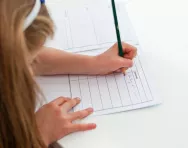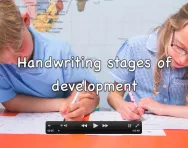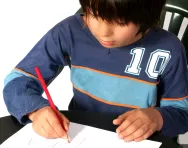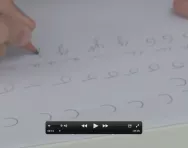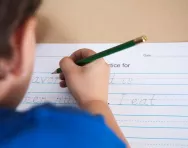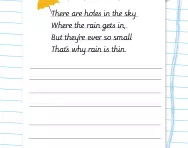Important update from TheSchoolRun
For the past 13 years, TheSchoolRun has been run by a small team of mums working from home, dedicated to providing quality educational resources to primary school parents. Unfortunately, rising supplier costs and falling revenue have made it impossible for us to continue operating, and we’ve had to make the difficult decision to close. The good news: We’ve arranged for another educational provider to take over many of our resources. These will be hosted on a new portal, where the content will be updated and expanded to support your child’s learning.
What this means for subscribers:
- Your subscription is still active, and for now, you can keep using the website as normal — just log in with your usual details to access all our articles and resources*.
- In a few months, all resources will move to the new portal. You’ll continue to have access there until your subscription ends. We’ll send you full details nearer the time.
- As a thank you for your support, we’ll also be sending you 16 primary school eBooks (worth £108.84) to download and keep.
A few changes to be aware of:
- The Learning Journey weekly email has ended, but your child’s plan will still be updated on your dashboard each Monday. Just log in to see the recommended worksheets.
- The 11+ weekly emails have now ended. We sent you all the remaining emails in the series at the end of March — please check your inbox (and spam folder) if you haven’t seen them. You can also follow the full programme here: 11+ Learning Journey.
If you have any questions, please contact us at [email protected]. Thank you for being part of our journey it’s been a privilege to support your family’s learning.
*If you need to reset your password, it will still work as usual. Please check your spam folder if the reset email doesn’t appear in your inbox.
Five steps to success in developing your child’s handwriting

In a world of computers, touch screens, and text, good handwriting remains an educational rite of passage for children globally.
Unlike print or type, handwriting is a phenomenon distinct in human development. Writing reflects not just our ideas and thoughts; it is also a unique record of our identity. Every child’s handwriting is like their thumb-print – unique and special to them.
Point this out to children, even as they are making their first scrawls, and immediately this empowers them with the importance and value of handwriting.
Try these five tips to help them develop it:
1. Let your children see you writing
‘Seeing is believing’ when it comes to children. Long established in child development is that children copy adults, and place a high value on what they see them doing.
While good writing remains the gateway to success in education, the reality is children may see adults typing before writing.
A first step to get children interested in handwriting is to let them watch you doing it yourself.
Choose a favourite and simple poem. Let your child see you carefully copy it – in your best handwriting - onto colourful, attractive paper; their curiosity will be aroused. Then let them try to copy a word or sentence that is appropriate to the level they are at. This sets up positive associations in your child’s brain between writing as fun, special and, importantly, valued by adults.
2. Lavish praise for their writing efforts
Super neat, copper plate handwriting is not indicative of high intelligence. Legible handwriting, in a child’s own particular style, is the aim. Praising even the most wobbly initial offering of a letter or word sets up a positive cycle of learning in the mind of your child, so they want to do more.
3. Display your child's handwriting
Display proudly and prominently pieces of handwriting done by your child, whether in crayon, ink, pencil, pen or felt tips. This will remind your child that you value their handwriting, and they will then feel that it is therefore a skill worth practising and refining.
4. Remind older children that examiners appreciate clear handwriting
It's a fact of life that examiners, given a stack of scripts over a number of hours, may warm to a clearly written and presented piece of work. Sharing this fact with children as they near crucial exams can see their writing improve dramatically. Again if you are going to have that conversation with them, remember to practise a little yourself too, or dig out an old school book showing you mastered this skill. Minus evidence, teenagers in particular will not be impressed!
5. Encourage your child to experience the freedom that writing brings
Creative writing can be squashed at school due to curriculum pressures, yet it remains an effective way to show children the benefits of mastering handwriting. Encourage children to write a poem or story and seek out new words to express their ideas. They will experience first-hand the benefit of mastering handwriting: freedom to focus more on their ideas and creativity.

